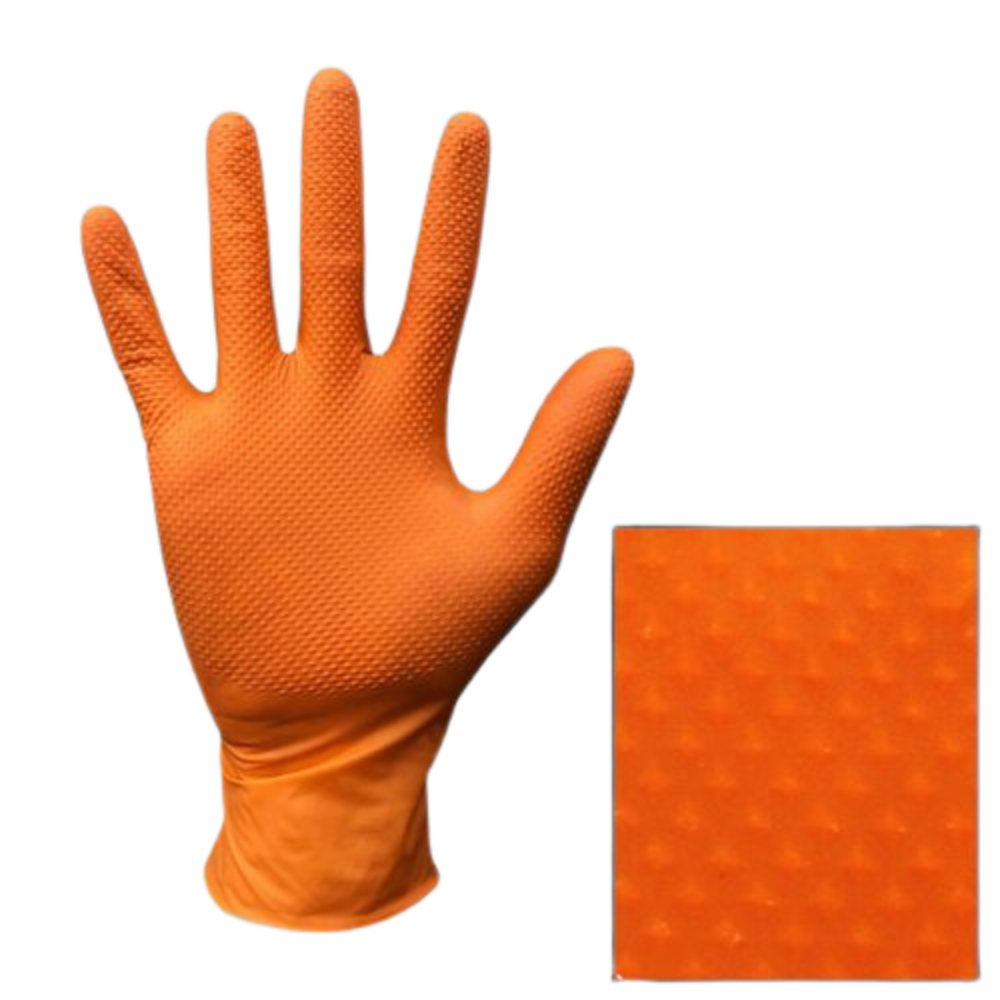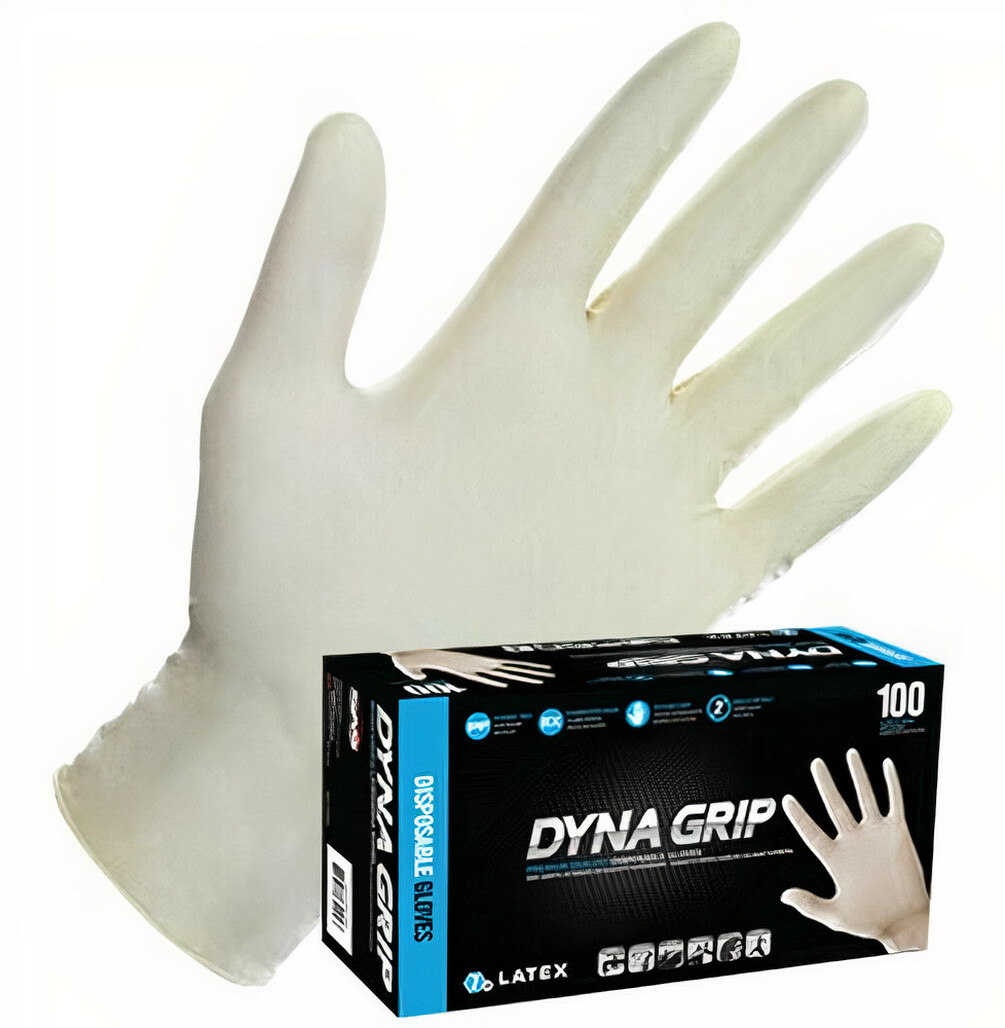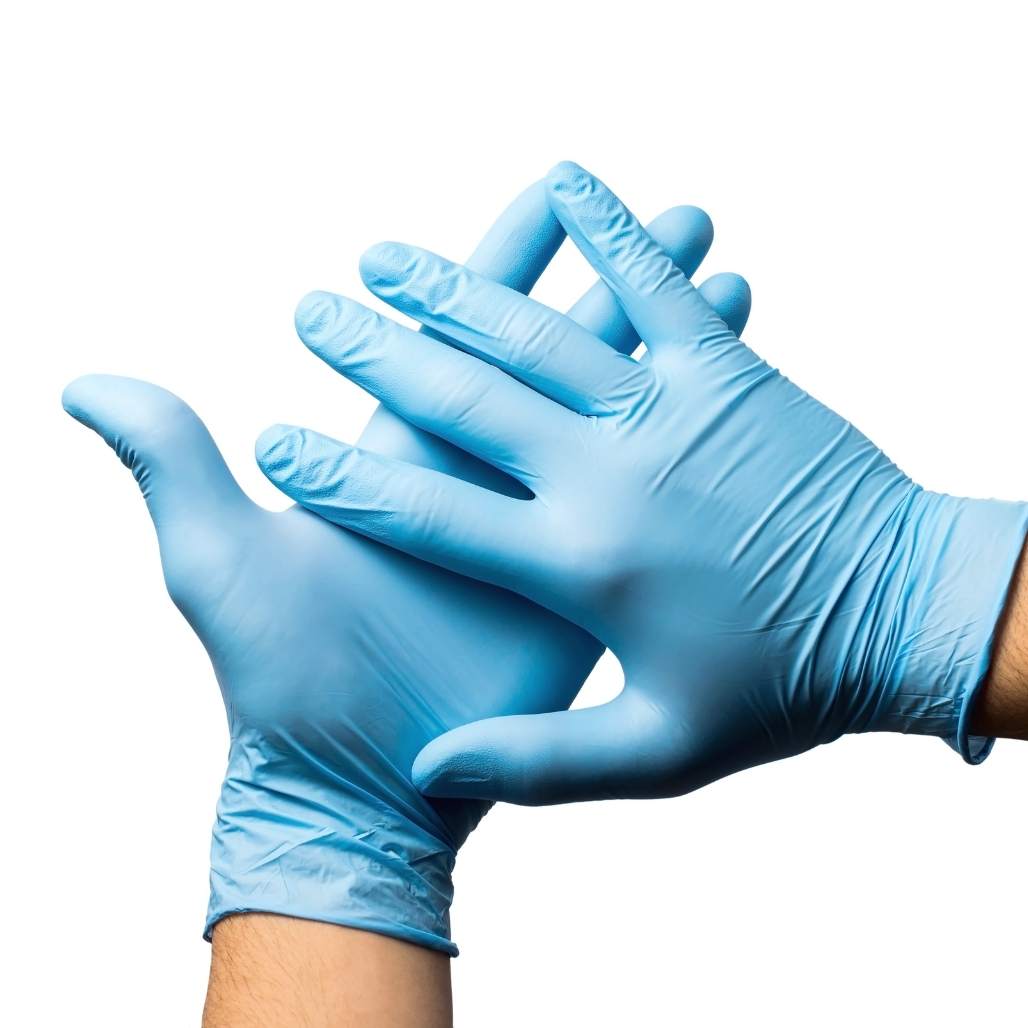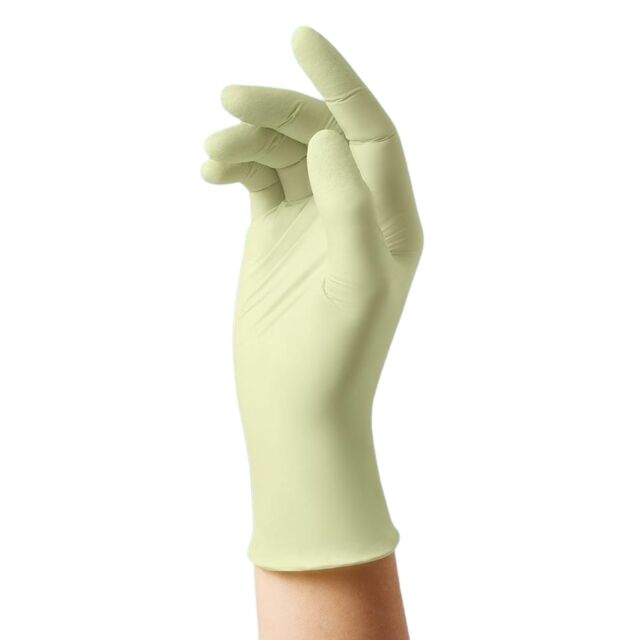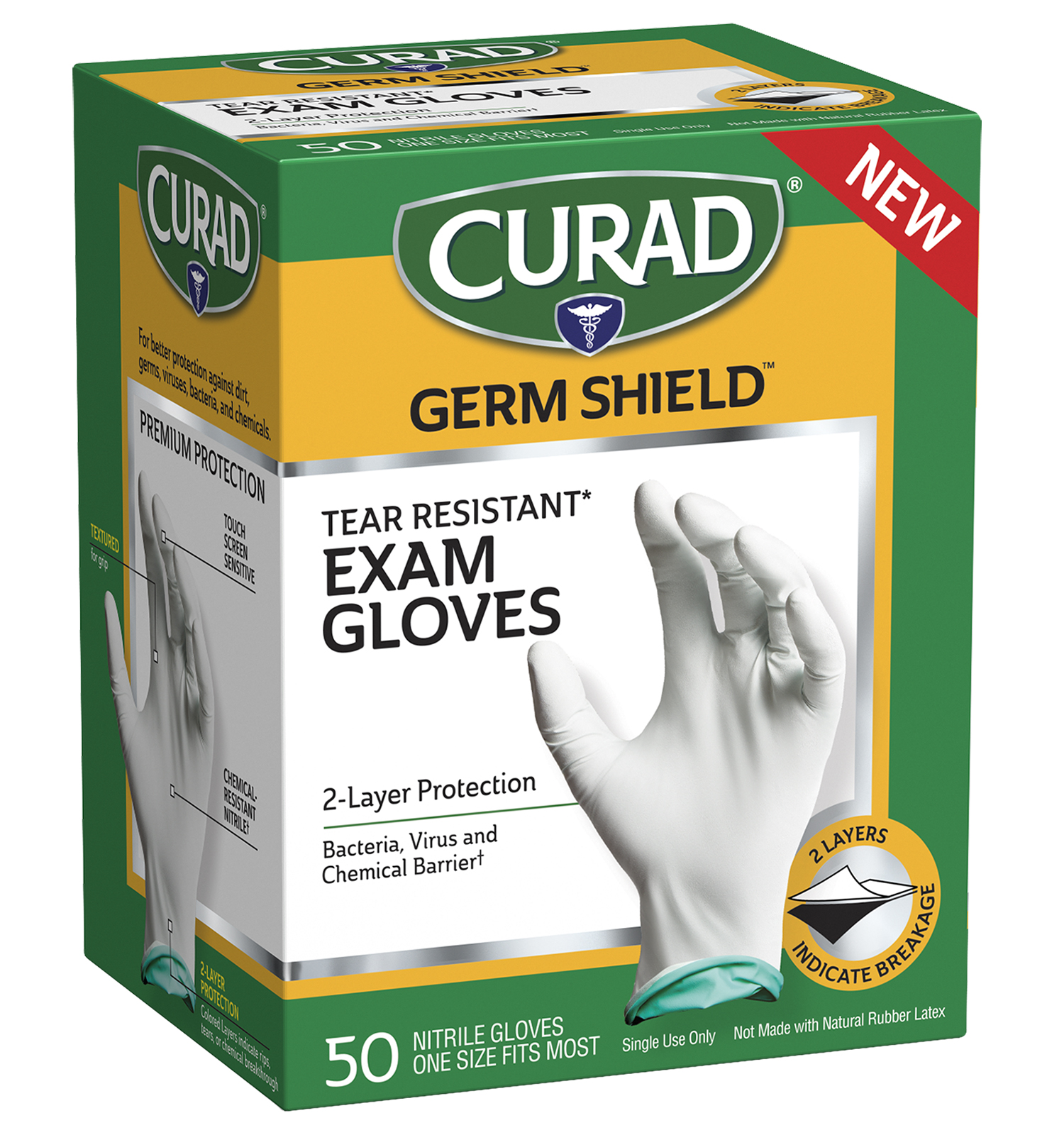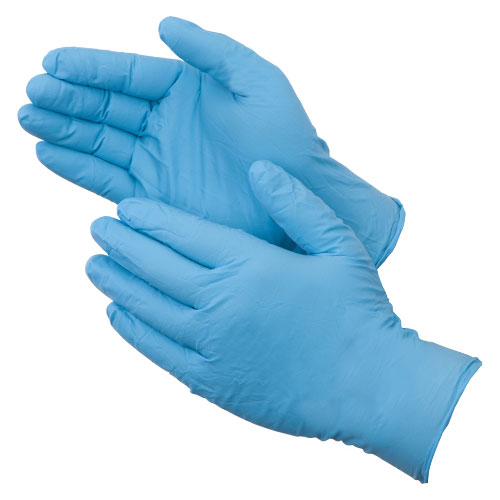When Were Rubber Gloves Invented? A Look into the History of an Essential Medical Tool

Rubber gloves have become an essential tool in modern medicine, protecting healthcare professionals and patients from transmitting infectious diseases, ensuring hygiene and safety, and improving the overall standard of care. This article delves into the fascinating history of rubber gloves, from their invention to their evolution and widespread use in various industries.
Pre-Rubber Glove Era
The initial purpose of gloves in medical settings was to protect the surgeon and staff rather than the patient.1 Surgeons began in the 19th century to wear gloves made from natural materials such as cloth. However, these gloves did not provide adequate barrier protection from infectious fluids or cuts. Cloth gloves required frequent washing, which increased the risk of contamination. As a result of the inadequacies of cloth gloves, surgeons worked with suppliers to evolve the design.
The Invention of Rubber Gloves
The story of rubber gloves begins with the discovery of rubber itself. In the 18th century, French scientist Charles Marie de La Condamine first documented the properties of latex, a milky fluid found in rubber trees.2 However, it took decades for the discovery to bear fruit. In 1839, Charles Goodyear invented the vulcanization process that makes rubber more durable, which opened its use for industrial and medical applications.
The first rubber gloves were invented in 1894 by Dr. William Stewart Halsted, a bizarre American surgeon who achieved greatness in the medical profession while battling an addiction to cocaine.3 Dr. Halsted’s nurse (and later his wife) was allergic to a standard surgical disinfectant. Dr. Halsted worked with the Goodyear Rubber Company to create a thin, disposable pair of rubber gloves.
Dr. Halsted quickly realized that rubber gloves significantly reduced the risk of infection for the patient and the surgical team. As a result, using rubber gloves has become standard practice in the medical field.
Adoption and Evolution of Rubber Gloves in Medicine
As the demand for rubber gloves grew, so did the advancements in their manufacturing. In the 1920s, the Ansell Rubber Company introduced the first 100% latex gloves made from a more refined form of rubber. In 1946, Ansell developed the first automated glove machine to keep up with demand.4 Ansell gloves offered comfortable, affordable gloves for households and hospitals.
Some nurses discovered they developed latex allergies when wearing latex gloves for long periods. It wasn’t until the 1990s when nitrile, a synthetic rubber, was invented and found to be highly suitable as a material for rubber gloves.
The impact of medical gloves on preventing the spread of infection cannot be overstated. By providing a barrier between healthcare professionals and their patients, rubber gloves have significantly reduced the risk of infection during medical procedures, dramatically improving patient outcomes.
Modern-Day Rubber Gloves
Today, there is are several types of gloves available, with some suited specifically to certain industries The most common types include:
Latex gloves – Made from natural rubber latex, these gloves offer excellent flexibility, comfort, and tactile sensitivity, making them popular in medical and dental settings.
Nitrile gloves – Made from synthetic rubber, nitrile gloves are an excellent alternative to latex gloves, providing similar benefits but without the risk of allergic reactions. They are also highly resistant to chemicals, making them suitable for use in laboratories and other environments where chemical exposure is a concern.
Vinyl gloves – Manufactured from polyvinyl chloride (PVC), vinyl gloves are an economical option for situations where durability and chemical resistance are not critical factors. They are commonly used in food service and cleaning applications.
- Chloroprene – Developed by DuPont, chloroprene gloves are also labelled as neoprene, polychloroprene, or other terms. These are commonly used by plumbers and technicians because of their unique chemical resistance.
Polyethylene – Polyethylene plastic gloves are commonly used in food service and handling. Most gloves cost around a penny a pair, making them the most affordable.
- Rubber coated gloves – Rubber-coated work gloves can provide cut, abrasion, and puncture resistance. The rating standard is set by ANSI / ISEA. Some gloves may provide static control properties.
Rubber gloves are now used across various industries, including medical and dental applications, food processing and service, laboratory and research settings, and industrial and automotive uses. Their versatility, cost, and effectiveness have made them indispensable pieces of personal protective equipment (PPE).
Conclusion
The invention of rubber gloves marked a significant turning point in the history of medical practice, revolutionizing hygiene and safety standards and significantly improving patient care.
From their humble beginnings as a solution to a nurse’s skin irritation, rubber gloves have evolved into a crucial component of personal protective equipment professionals across various industries use.
As technology advances, glove materials, and designs will likely continue to progress, ensuring that rubber gloves remain essential in safeguarding the health and well-being of professionals and the public.


